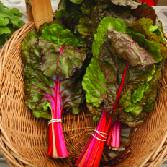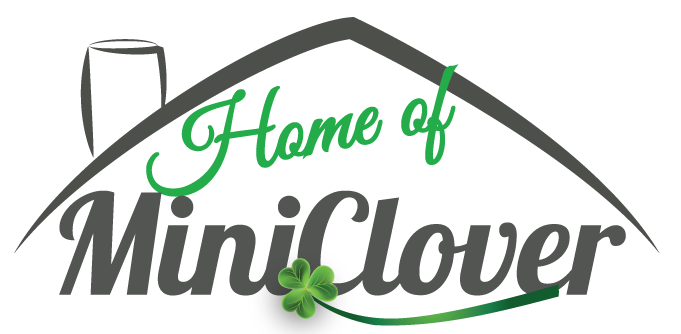-
CATEGORY ::
- All Seeds /
- All Flower Seeds /
- All Yucca Seeds




Yucca - Filamentosa
About...
Adam's Needle (Yucca filamentosa) - Although Yucca is a very drought tolerant plant, they are also completely winter hardy. They are virtually stemless broadleaf evergreen shrubs that are native to beaches, sand dunes and fields from South Carolina down to Florida and Mississippi.MORE YUCCA OPTIONS
Planting Directions
TEMPERATURE
71F - 75F
AVERAGE GERM TIME
14 - 21 days
LIGHT REQUIRED
Yes
DEPTH
Lightly cover seed with quality soil
SOWING RATE
2 - 3 seeds per plant
MOISTURE
Keep seeds moist until germination
PLANT SPACING
10 feet
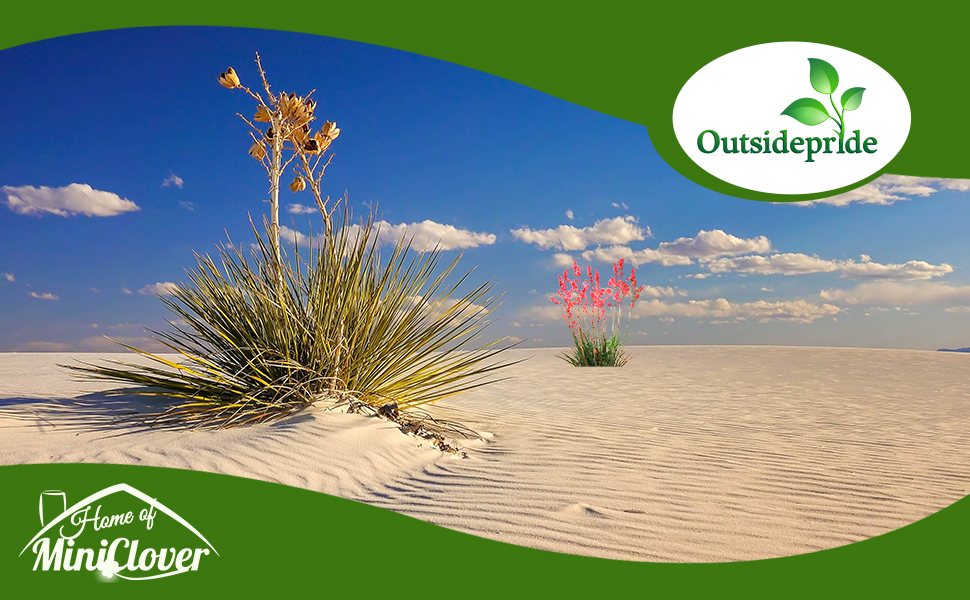
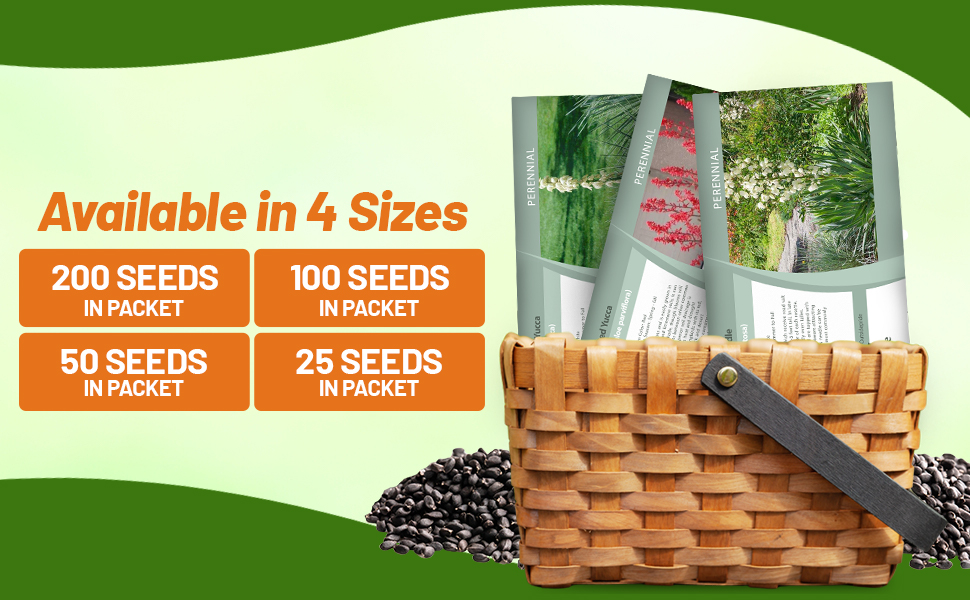
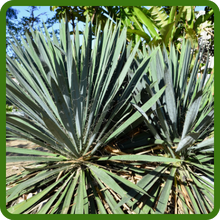
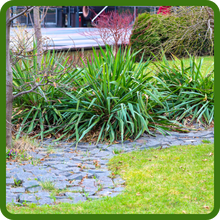
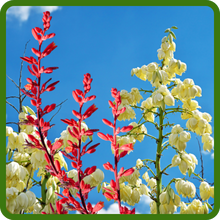
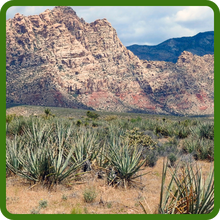
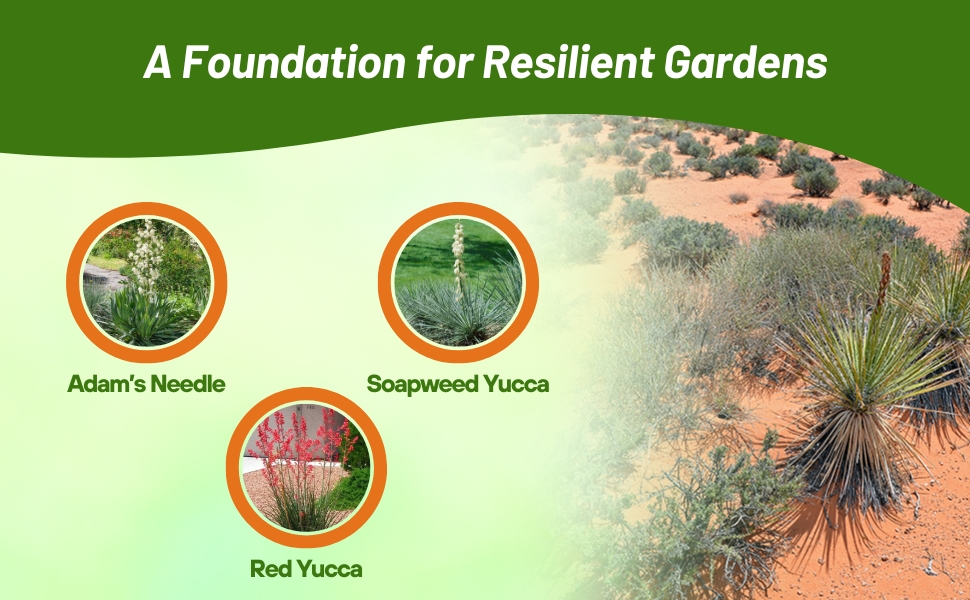
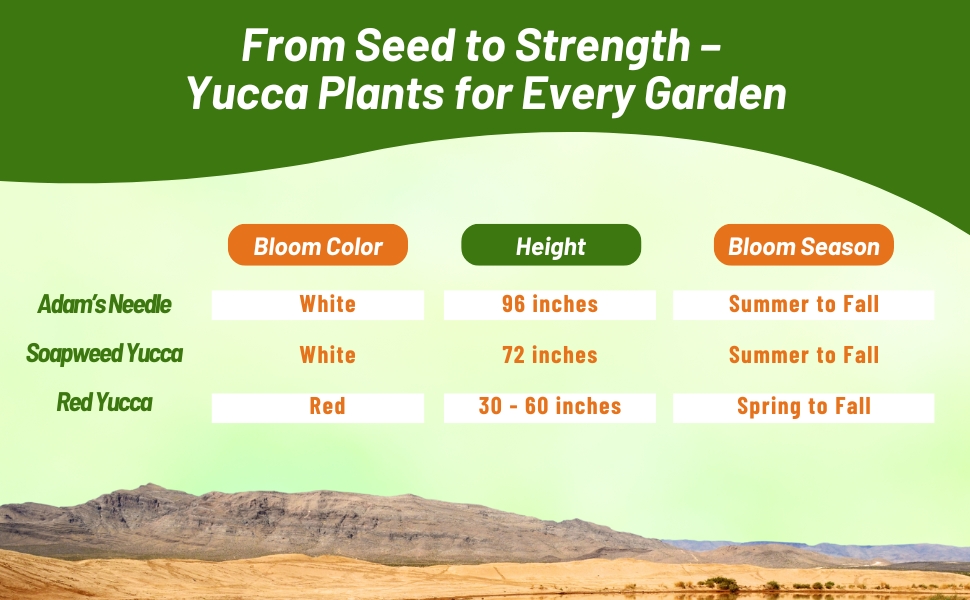
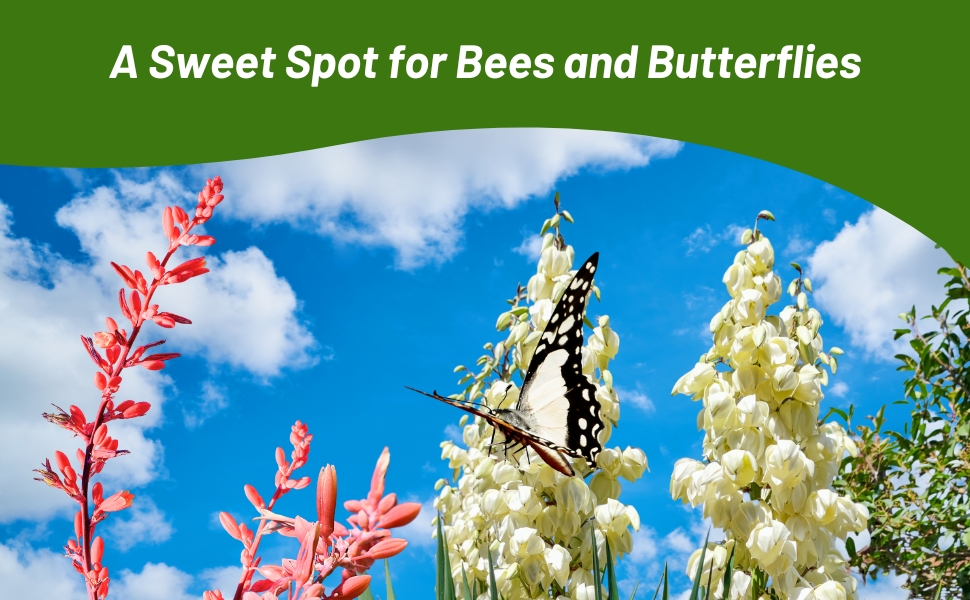
Adam's Needle (Yucca filamentosa) - Although Yucca is a very drought tolerant plant, they are also completely winter hardy. They are virtually stemless broadleaf evergreen shrubs that are native to beaches, sand dunes and fields from South Carolina down to Florida and Mississippi. Over time, they are now located across the U.S. These heat and drought tolerant plants and perfect for xersicape or natural landscaping where very low water needs are desired. Yucca can be planted for erosion control or even grown in containers, borders, or other dry garden areas. Attractive for butterflies and other pollinators, but not attractive to deer and rabbits.
A few other names for Yucca filamentosa is: Spanish bayonet, Yucca, and Needle Palm. Suitable for seaside gardens or areas which receive road salt runoff. Leaves form a foliage clump to 2 - 3 feet tall. In late spring, a flowering stalk rises from the center of each rosette, typically to 5 - 8 feet tall, but infrequently even taller. Mature plants about four or five years old will send up large flower stalks from the center of the foliage in late spring or summer. These stalks can be as tall as 8 feet, and are topped with numerous bell-shaped, creamy white flowers that attract butterflies and hummingbirds. Adam's needle can be planted almost any time, though it is most commonly available at nurseries in the Spring.
















